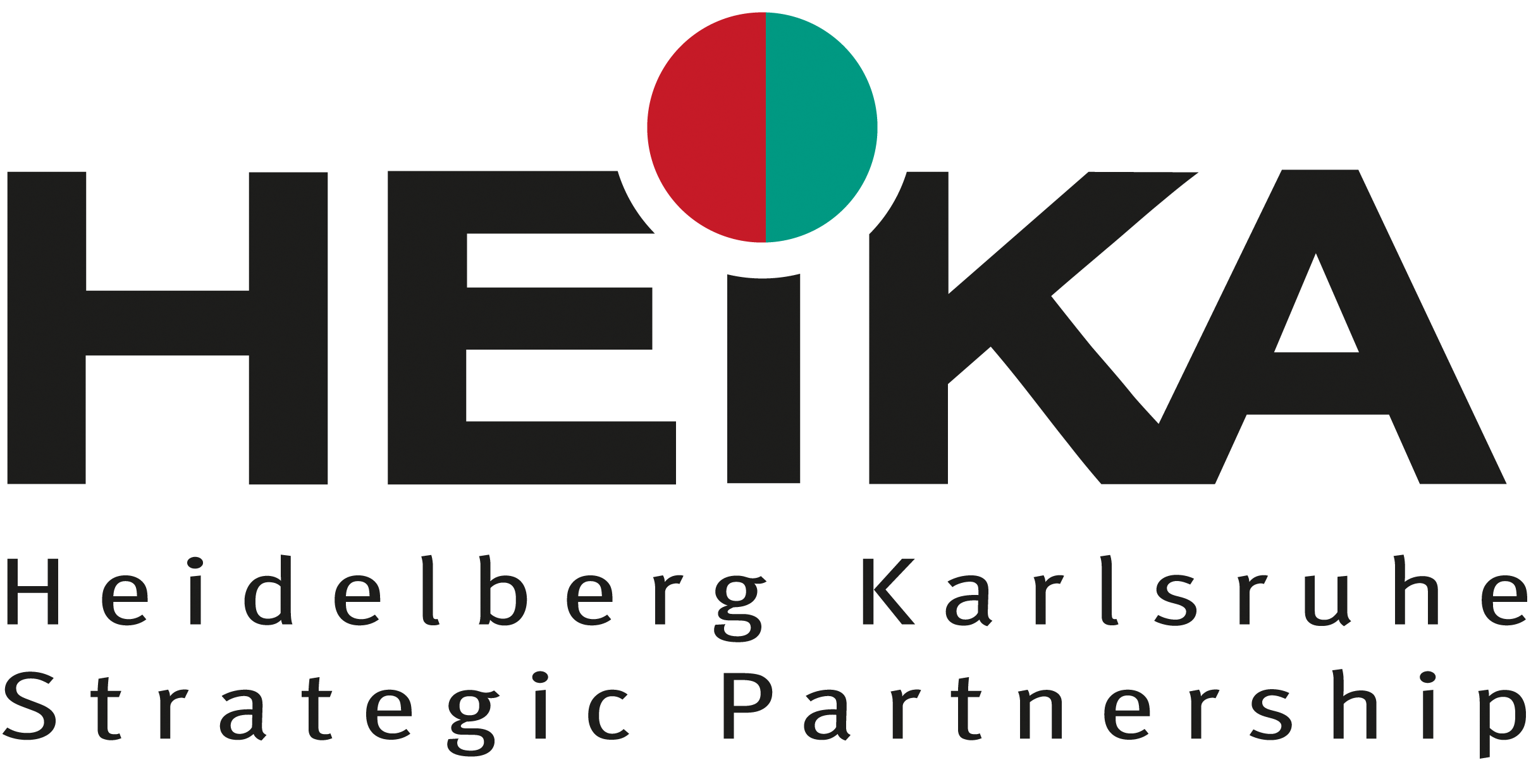The LHCb experiment at the Large Hadron Collider plans to upgrade its tracking-system for the time after 2026 to enable the detector operation at a 10 times higher instantaneous luminosity. For the new detector, a hybrid design is proposed which comprises an inner part, using CMOS pixel sensors, and an outer part, covering the largest fraction of the 340 m2 large detector, using scintillating fibers. To minimize the material budget the two detector parts should share as much as possible the same mechanical structure.
We propose to use HV-MAPS (HV Monolithic Active Pixels Sensors) for the inner part of the new tracking detector. Starting from existing HV-MAPS projects at KIT, we will develop a new sensor, adapted to the specific needs of the LHCb experiment. Beside the pixel design, the readout unit of existing HV-MAPS need to be changed to cope with the 40 MHz readout of LHCb. We will produce full-size (20 ´ 20 mm2) samples of the adapted sensors to allow thorough test in the lab and to characterize the sensors in a particle beam test.
In parallel to the sensor development we will develop a first design for a hybrid tracking detector module which integrates the HV-MAPS, the service and readout infrastructure as well as the scintillating fibre for the outer part. The module design should minimize the material budget. A modular design is necessary to equip the large area.
If successful, our results will be the basis for the design of the full, next generation LHCb tracking system for which a first conceptual layout is planned until the end of 2021. The proposed HEiKA project will position the team as the primary group to lead the planned upgrade of the LHCb tracking system. At this time the group will be able to request third-party funding (BMBF) to finance the development and construction of the new tracking detector.

